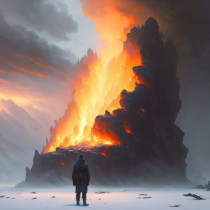

 143w
143w

 143w
143w

 143w
143w

 142w
142w

 142w
142w



 142w
142w

 142w
142w

 142w
142w

 142w
142w



















